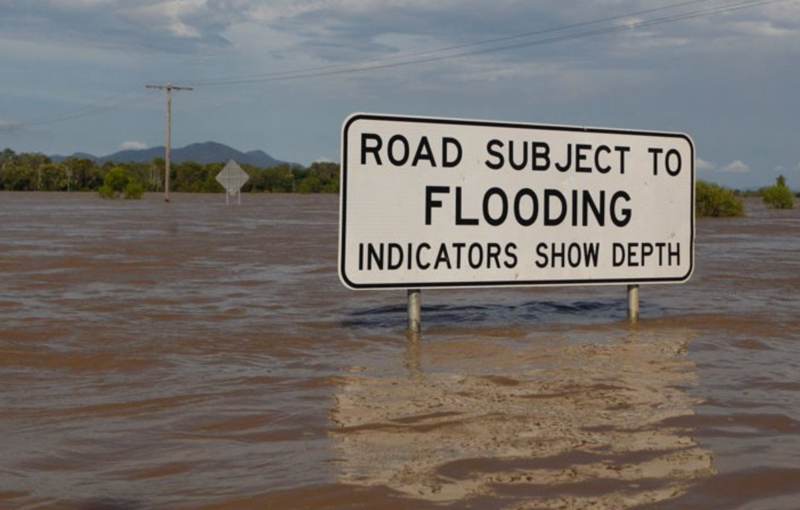According to new research released by the Actuaries Institute, Australian home insurance premiums have jumped by 28% in the past year, the largest increase in two decades, driven by inflation, natural disasters, reinsurance costs, and climate change.
 The research by the Actuaries Institute found that the median home insurance premiums rose to $1,894 in the year to March 31, with the highest-risk properties, such as those in flood-prone areas, up by 50%.
The research by the Actuaries Institute found that the median home insurance premiums rose to $1,894 in the year to March 31, with the highest-risk properties, such as those in flood-prone areas, up by 50%.
The firm’s analysts also found that the proportion of “affordability stressed” households (those that spend more than one month’s worth of their gross annual income on home insurance) rose from 10% to 12%.
“These households spend on average 8.8 weeks of their income on home insurance, which is more than seven times the average household spending,” Actuaries Institute’s report explained.
Overall, the report estimated that 1.24 million Australian households are facing home insurance affordability stress, up from one million households a year ago.
Sharanjit Paddam, one actuary who authored the report, said, “This is the largest increase in home insurance premiums I have seen over the last two decades.
“Half the increase in home insurance premiums relates to building cost inflation, which has spiked during the past two years due to supply chain shortages. There’s also been an increase in natural disasters and higher reinsurance costs, driven by the climate change impacts we’re already seeing.”
Paddam continued, “Based on science, we expect these home insurance affordability pressures are likely to continue to worsen due to climate change. If we don’t take policy action now, we can expect to have more people abandoning home insurance.
“Without insurance, households will struggle to recover from disasters and governments, taxpayers, charities, and many informal means of support will be left to assist.
“This usually results in households receiving some support but will not allow them the full economic recovery they would receive if insured.”
According to the Actuaries Institute, the hardest hit households are in the flood-prone Northern Rivers region of NSW, as well as north Queensland and Western Australia, where the cyclone risk is high.
Among most of the affordability-stressed households in these areas, more than half of their home insurance premiums relate to natural peril costs due to floods, the analysts say.
An estimated 171,000 households across Australia were said to be enduring extreme affordability pressure, with riverine flood risk contributing more than half of their home insurance premiums.
The researchers estimate that the total flood premium for these 171,000 households, if they were fully insured, to be $1.5 billion per annum, or $8,800 on average per household.
Paddam went on, “At the moment, $1.5 billion is the size of the problem. That is our estimate of the flood insurance that could already be considered unaffordable.”
The research also included an analysis of the expected impact of the federal government’s Cyclone Reinsurance Pool, which began phased introduction in July 2022.
The report’s lead author, Evelyn Chow, Head of Portfolio Management APAC for Swiss Re, said, “Risk reduction is the only way ultimately to address affordability stress by lowering the underlying risk and therefore costs in a sustainable way, especially when we factor in climate change. An optimal mix of measures could be supported by using better data, technology, and climate risk frameworks.
“If the government was to give consideration to an insurance pool, any future model would need to consider the fact that flood risk is highly localized in Australia among a relatively small number of households with significant exposure.”
Actuaries Institute CEO Elayne Grace added, “Flood insurance affordability pressures are acute, and there is a need to address this problem urgently.
“We need to tackle this problem holistically, with a well-designed suite of policy measures to achieve long-term benefits for all Australians.”


